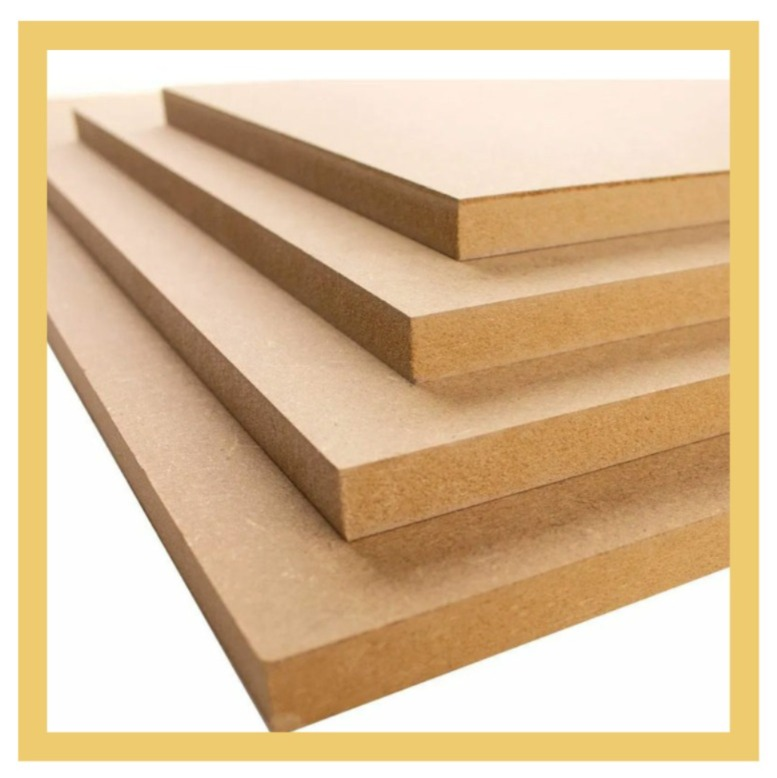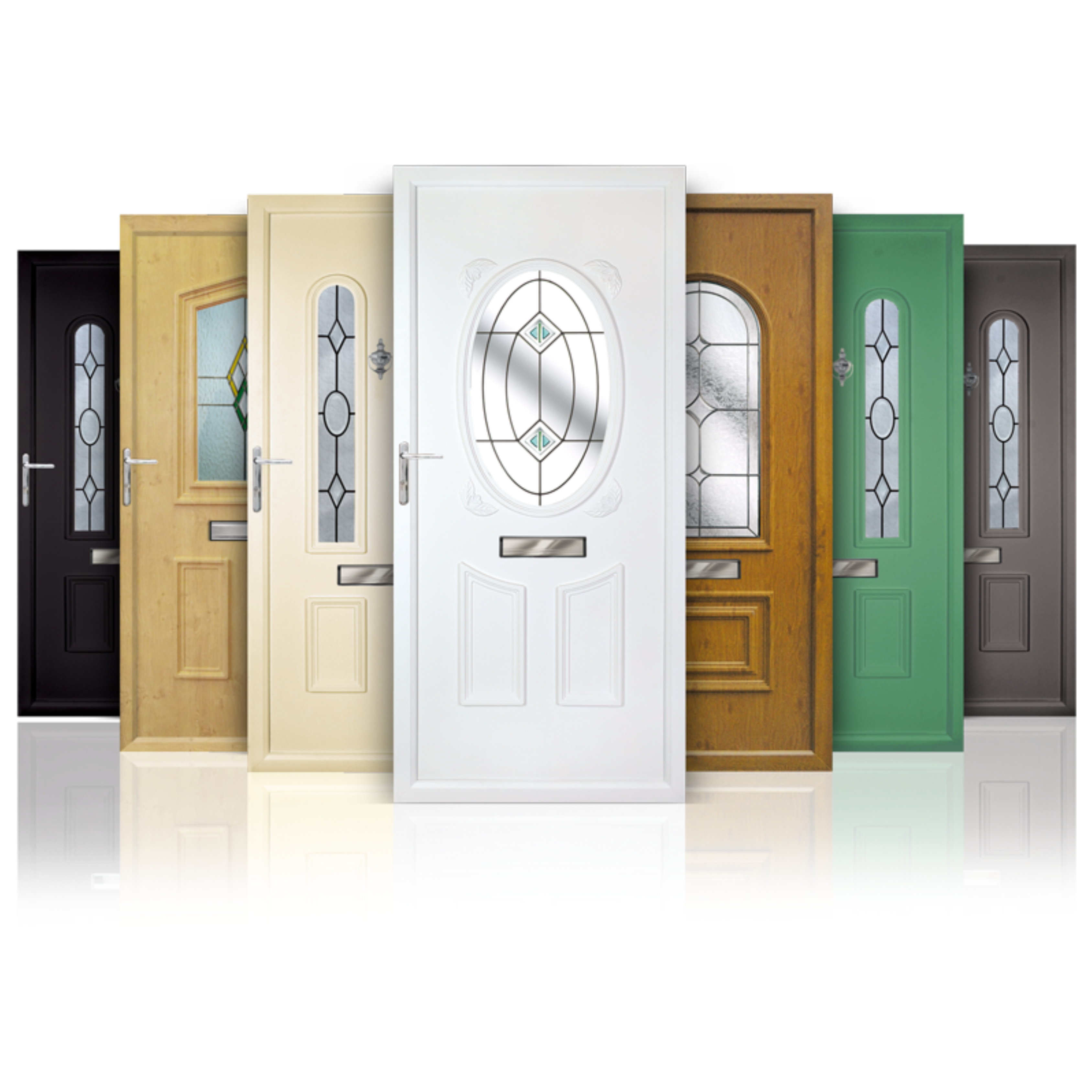Description
2-Medium Density Fibreboard "MDF" - Painted
is widely used in door manufacturing for its smooth surface, versatility in design, and cost-effectiveness. It is an excellent option for interior doors, veneered doors, raised panels, and custom designs, offering durability and aesthetic appeal while being easier to work with and more affordable than solid wood. MDF’s ability to take on various finishes and its moisture-resistant variants make it a great choice for a wide range of door applications.
§ Features:
- Smooth and Uniform Surface
- Versatile and Easily Machinable
- Affordable
- Consistent Density and Thickness
- Durability
- Moisture-Resistant Options
- Eco-Friendly
- Good Sound and Thermal Insulation
- Fire-Retardant Options
§ Applications:
A. Interior Door Panels
1- Smooth Finish: MDF has a uniform surface without grain, making it ideal for painting and achieving a smooth, flawless finish. It's commonly used for flat or decorative door panels.
2- Design Versatility: MDF can be easily shaped and routed, allowing for intricate designs, raised panels, or custom patterns that are difficult to achieve with solid wood.
B. Veneered Doors
1- Wood Veneer Application: MDF serves as an excellent substrate for applying veneers. It is commonly used in manufacturing veneered doors where the exterior resembles high-quality wood while the interior is MDF, providing a cost-effective alternative to solid wood doors.
2- Consistent Appearance: Since MDF has no grain, it doesn’t warp, making it ideal for maintaining the flatness required for veneered doors.
C. Sliding and Bi-Fold Doors
1- High weight Yet Sturdy: MDF is used for sliding and bi-fold door applications because it is relatively lightweight yet strong enough to maintain structural integrity.
2- Smooth Operation: The lightweight nature of MDF makes these doors easier to operate, and the smooth surface enhances functionality and aesthetics.
D. Custom and Decorative Doors
1- Customization: MDF’s flexibility allows manufacturers to create custom designs, including arches, curves, and other unique shapes in doors. It’s also excellent for CNC cutting, enabling detailed carving and personalization.
2- Wide Range of Finishes: MDF doors can be finished with paint, laminates, or foils, giving endless options for different colors, textures, and effects.




